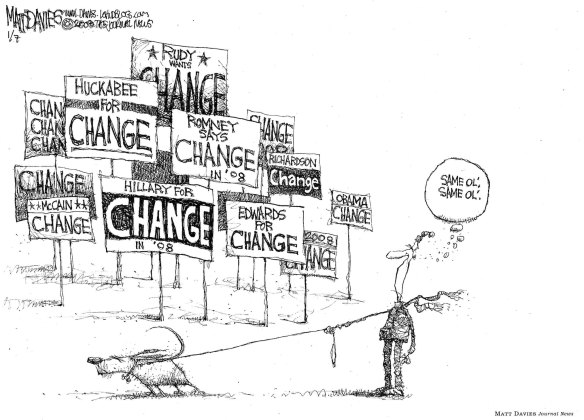 Teamwork. Often we have the need and desire to improve team relationships. We have been told that we need to work well with teams. We, as managers, must promote a team environment. Leadership training focuses on working as a team. If teams are so great, and we have teams everywhere (how many “teams” are you a member of?) then why do we still have issues creeping up on us? Why do we still have to play politics?
Teamwork. Often we have the need and desire to improve team relationships. We have been told that we need to work well with teams. We, as managers, must promote a team environment. Leadership training focuses on working as a team. If teams are so great, and we have teams everywhere (how many “teams” are you a member of?) then why do we still have issues creeping up on us? Why do we still have to play politics?
There is no “I” in “team”: yeah, right.
In today’s culture we are celebrating individuality and simultaneously asking our teams to let it go. I don’t think we will ever be able to suppress the individual to a point that teamwork will be natural. People often work in teams because it benefits the individual. This has been showcased in modern Reality TV where people will work in teams until it is time to ‘win’. Additionally, this is also demonstrated in game theory analysis. The concept is flawed because it comes from an idealistic premise that human beings can let go of their individuality.
Emotional Teams
Overall, mankind is selfish unless we are touched emotionally by something. People work very well in teams when there is a crisis. We all tend to fall into an order of sorts and try to contribute in the best way we can. However, these are short-lived teams that band together when the time calls for action and then disperse quickly when the job is done. Teamwork comes easy when we believe in something greater than ourselves. Volunteer groups, emergency response teams, and first responders work together very well during the time they are needed but will resort to selfish measures when the emotions no longer dictate the behavior. But it is hard to convince an employee that making Product A the most efficiently with the best quality is a noble cause. Most people are not emotionally tied to their jobs.
The Opposition Within
When we create teams we often create competition: shift rivalries, departmental performance. But competition is good, right? Have you ever been in a meeting where two department managers are arguing about who will pay for something? There is an agreement (stated or implied) that a service or good is needed but it is being argued about who’s budget will take the hit. As managers we should know that if one of us is going to buy something that it is for the betterment of the organization. So who cares who pays? This is a common example of teamwork gone awry. Are we not measured on how well we manage our budget? This is an individual goal that trumps the business need. It is a selfish endeavor to manage your budget over doing what is right for the company. We have created turf wars in modern business. We have pushed ownership to the point of possessiveness. We sit in meetings and argue over jobs. We are back on the playground, staking claim on the jungle gym. Some might argue that this is not teamwork, but I say it is. It is teamwork as we have defined it over the years.
Redefining Teams
The team should be defined as “the smallest group possible whose goals do not conflict with the goals of any other group.” The key to this definition is the set of goals. This is all about creating the right KPIs. Coupling personal objectives with team objectives is the only way to create a win-win mentality. This doesn’t mean that the other KPIs shouldn’t be measured. They should, they are topographical maps of the company. They show the peaks and valleys and allow the team to work together to achieve a common goal.
Sustaining Gains
- Start from the top down when setting metrics and goals.
- Personal goals should correspond to team goals. The only personal goals that are outside of those team goals would be development goals for the individual (i.e. implement supervisor conflict management training before October 2nd).
- If you can’t create a KPI for a group that doesn’t conflict with the KPI of a peer group, you need to think more critically or simply hold to the higher-level KPI.
- Share successes of the team with the whole organization whenever possible. This will help to build camaraderie and will motivate teams to help one another on achieving their collective goals.
- Flex your KPIs to shift your business needs and create renewed focus in primary improvement areas.
- Solicit the feedback of everyone to see where people can affect the KPI and if it is reasonable to set as a goal.
Remember, a few good metrics is better than a huge list. I have seen companies with an entire matrix of Red/Yellow/Green scorecards that people simply can’t keep up with. Keep your team focused and good things will happen. Manage the extremes by exception and great solid game plans with your teams to see step change improvements.
How have you seen teams become destructive?
What are you doing to ensure that your teams are collaborative and not competative?






